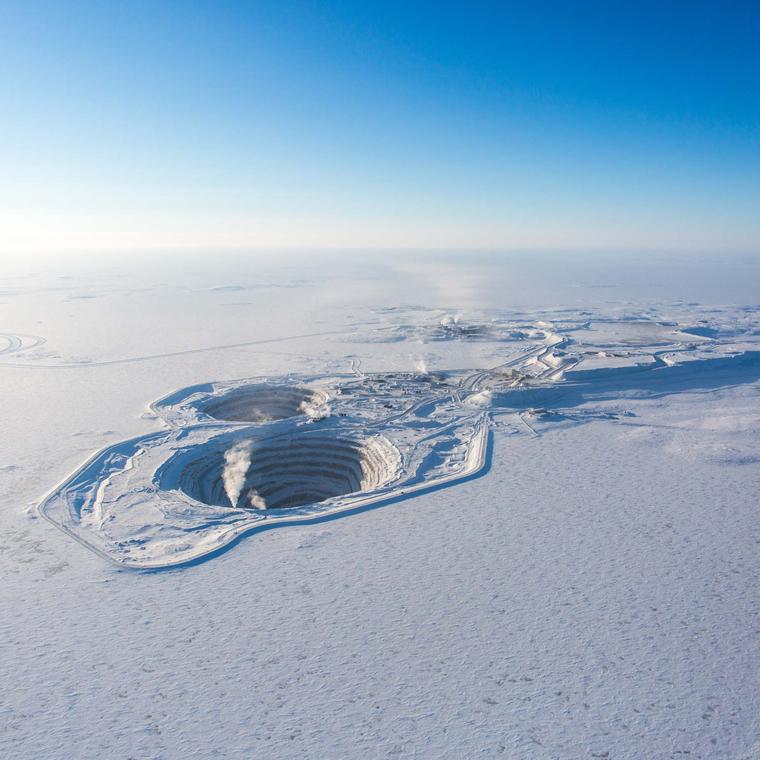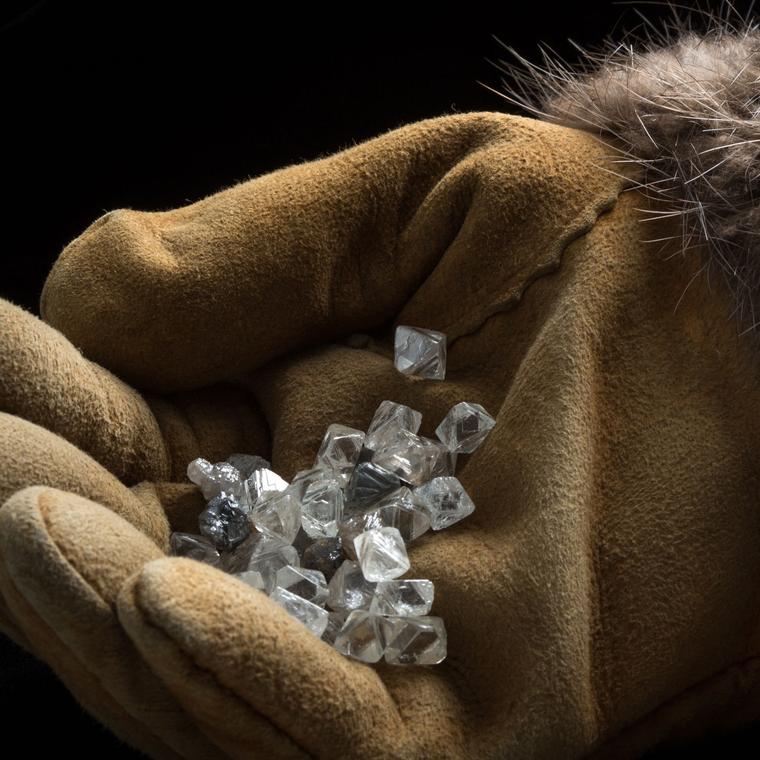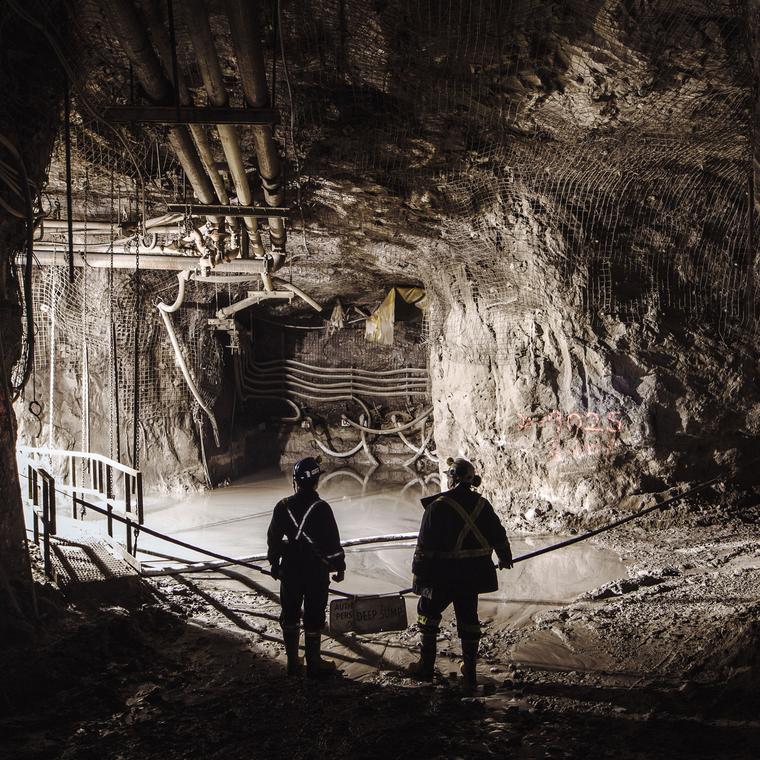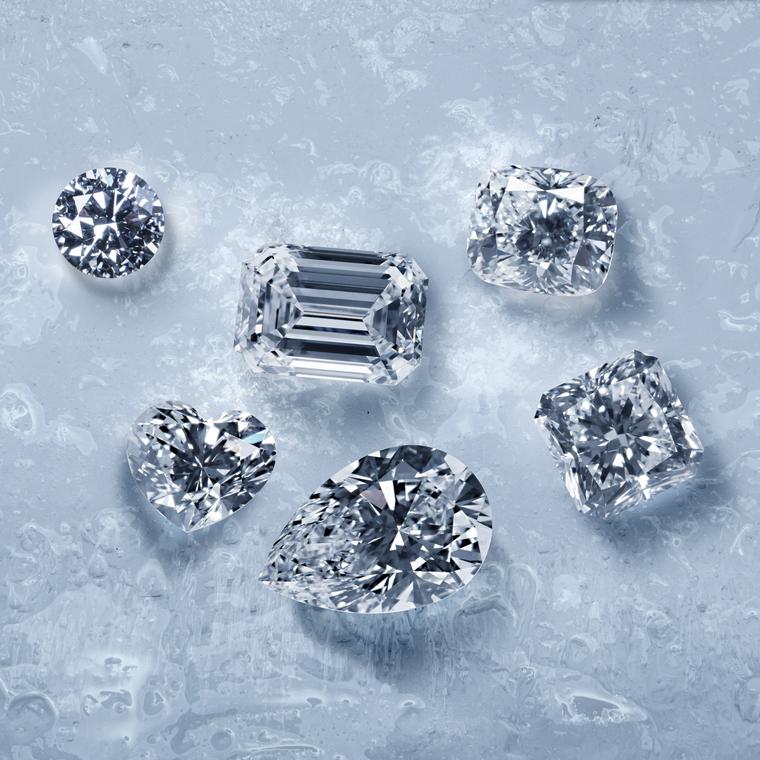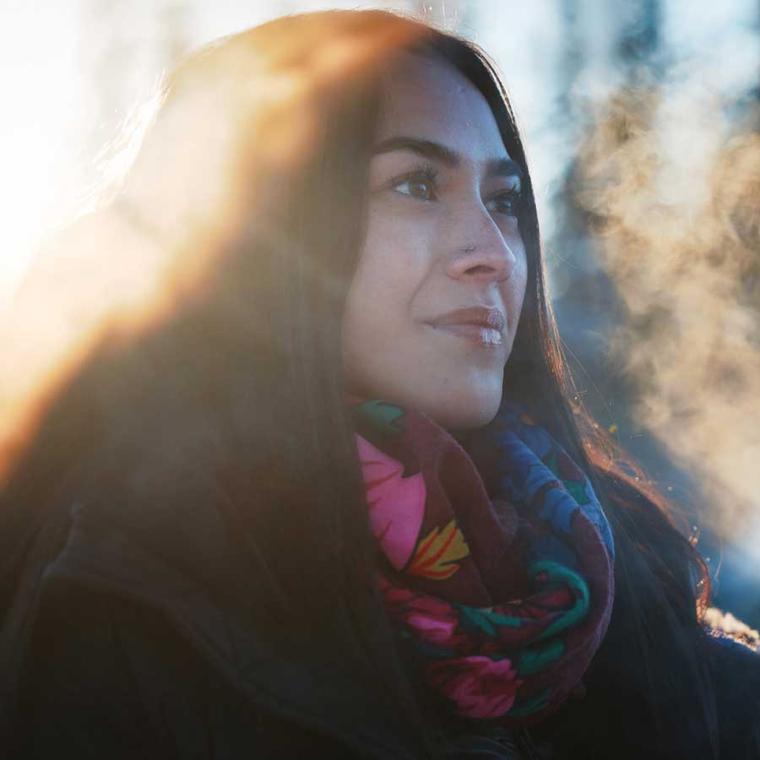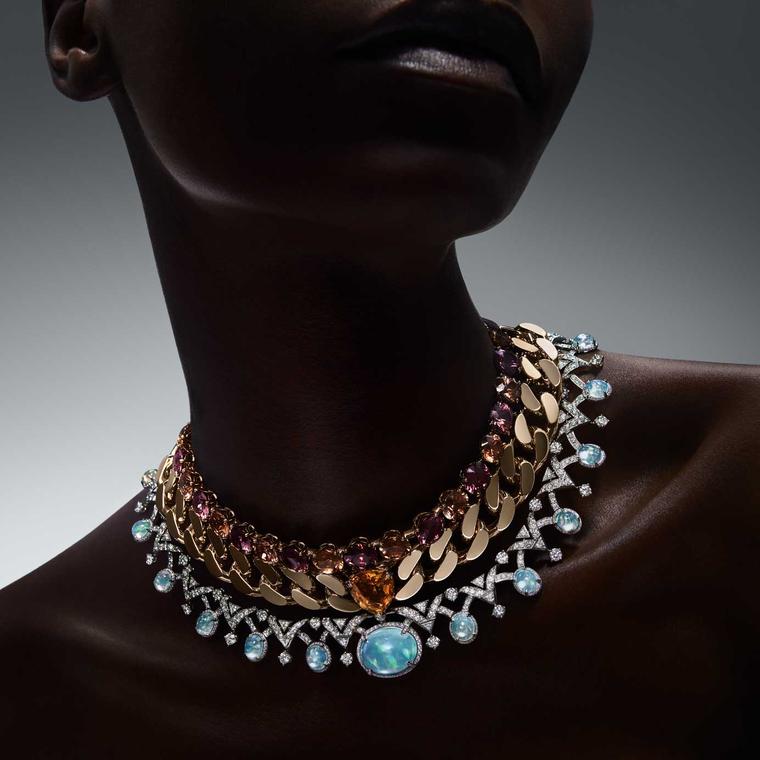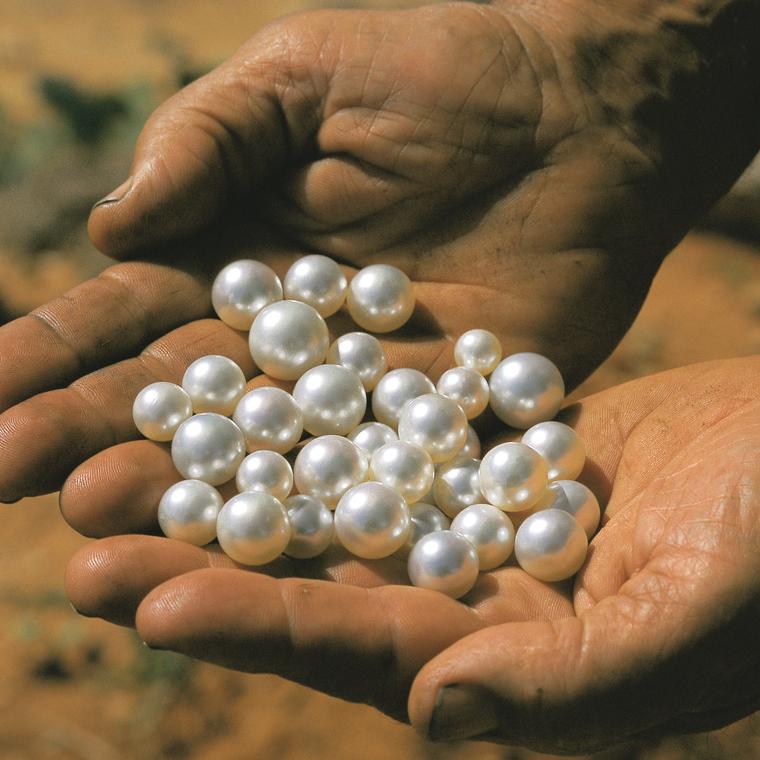
Not all diamonds are equal, and Canadian diamonds have a unique story to tell. Canada is one of the world's leading sources of responsibly mined diamonds. For nearly thirty years, the country has focused on offering conflict-free, ethically mined diamonds with a transparent chain of custody from mine to market. Canadian diamonds provide a series of guarantees of origin, the best known being CanadaMark, Maple Leaf Diamonds, and Polar Bear diamonds.
This represents a significant differentiation in the natural diamond market, as most diamonds are sold in mixed batches, making it challenging to pinpoint the mine of origin and, consequently, the conditions under which they were processed. As David Kellie, CEO of the Natural Diamond Council, explains: "Canadian diamonds are a true testament to ethical luxury. Their legacy is built on transparency and unparalleled craftsmanship."
Lily James, Global Ambassador for the Natural Diamond Council is determined to dig deep to understand the diamond mining process and its impact on the environment and the local communities, which is why she travelled to witness first-hand mining activities in Africa and most recently, the Northwest Territories in Canada. “You want to make sure when you’re putting your name to something that there’s more to the story,” says James.
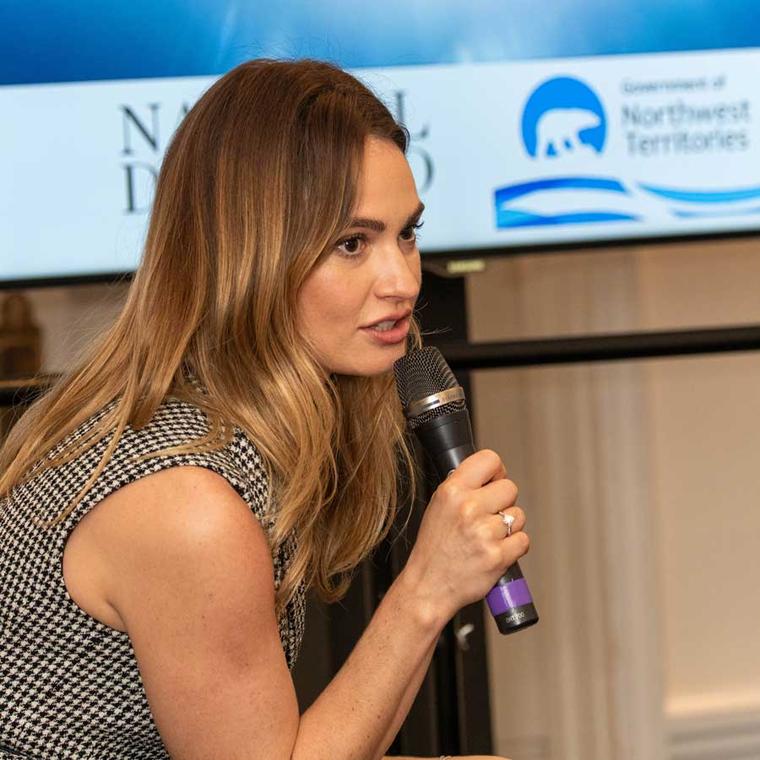
On 19 March 2025, the Natural Diamond Council, which represents the global diamond mining industry, and the High Commission of Canada in the UK, together with the Government of the Northwest Territories, hosted an event at Canada House in London to showcase Canada's mining industry and its impact on the inhabitants and environment.
Lily James was present and described her fascination with the beauty of this remote, essentially frozen area of Canada, five times the size of the UK. Through Councillor Kateri Rose Lynn, Lily learned about how diamond mining has been a key source of income for local families, many of whom are employed in the ice-bound mines of Diavik and Gahcho Kué, including Kateri's own family.
Canadian diamonds are the oldest found on Earth, as they were formed 3.5 billion years ago, which is much earlier than those found in other regions. However, Canada is a relative newcomer and has only been mining diamonds since 1998. Today, Canada is the third-largest diamond producer in the world, with mines located across the northern part of the country in the frozen Arctic region, accessible only for a few weeks a year via ice roads, making mining challenging and costly.

Diamond mining is a significant source of income for the country, contributing US$21.8 billion to its economy since 1996, accounting for almost a quarter of the total. This revenue has largely benefited indigenous-owned companies that service the mines, from trucking and aviation to catering and logistics.
Canadian diamonds were first discovered in 1987, and Ekati was the first mine to open in 1998; since then, six other mines have followed. Today, only the Ekati Mine, owned by BHP Billiton, the Diavik Mine, owned by Rio Tinto, and the Gahcho Kué Mine, owned by De Beers Canada Inc., are operational. The Diavik Mine opened in 2003 and is scheduled to operate for only one more year. The Guahcho Kué Mine, which opened in 2016, is set to close in 2031, while Ekati is slated to close in 2028. Operating mines in the extreme conditions of the Northwest Territories requires significant investments and a complex infrastructure. Once the mine is depleted, the land is returned to its original state.

Extensive and exhaustive programmes are in place to protect the environment during and after the productive life of the diamond mines. Impact Benefit Agreements are in place to ensure that Indigenous stakeholders benefit from the region's mineral wealth, as well as Canada's Towards Sustainable Mining standard, which supports mining companies in managing key environmental and social risks. Additionally, these agreements include revenue sharing, Socio-Economic Agreements, and resource management.
The mining companies strive to protect the environment through wildlife monitoring programmes, solar energy plants, and initiatives to preserve the cultural heritage of the local communities. Most importantly, mining allows families to remain in the Northwest Territories, where there are few other employment opportunities, and the cost of living is very high. Kateri Rose Lynn can continue the lifestyle of her ancestors, hunting caribou and making food and clothing from them. In contrast, the world can continue to enjoy diamonds with a traceable source from pristine, closely regulated environments.


